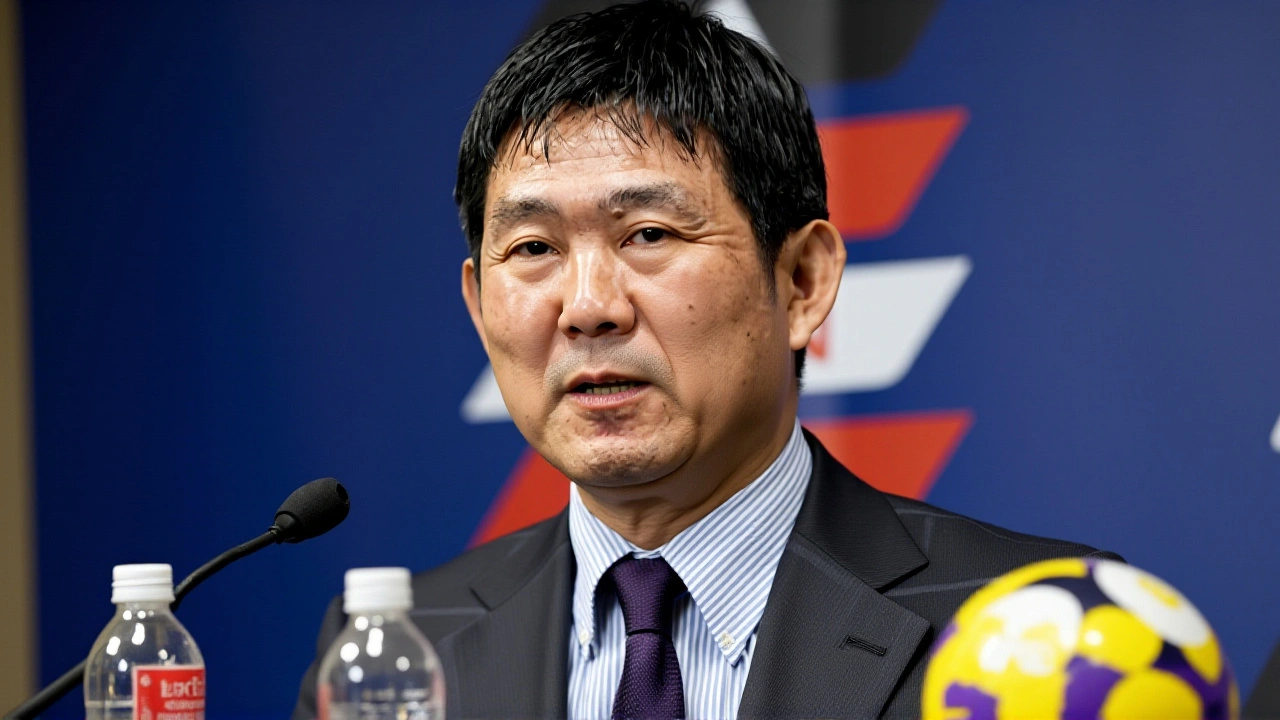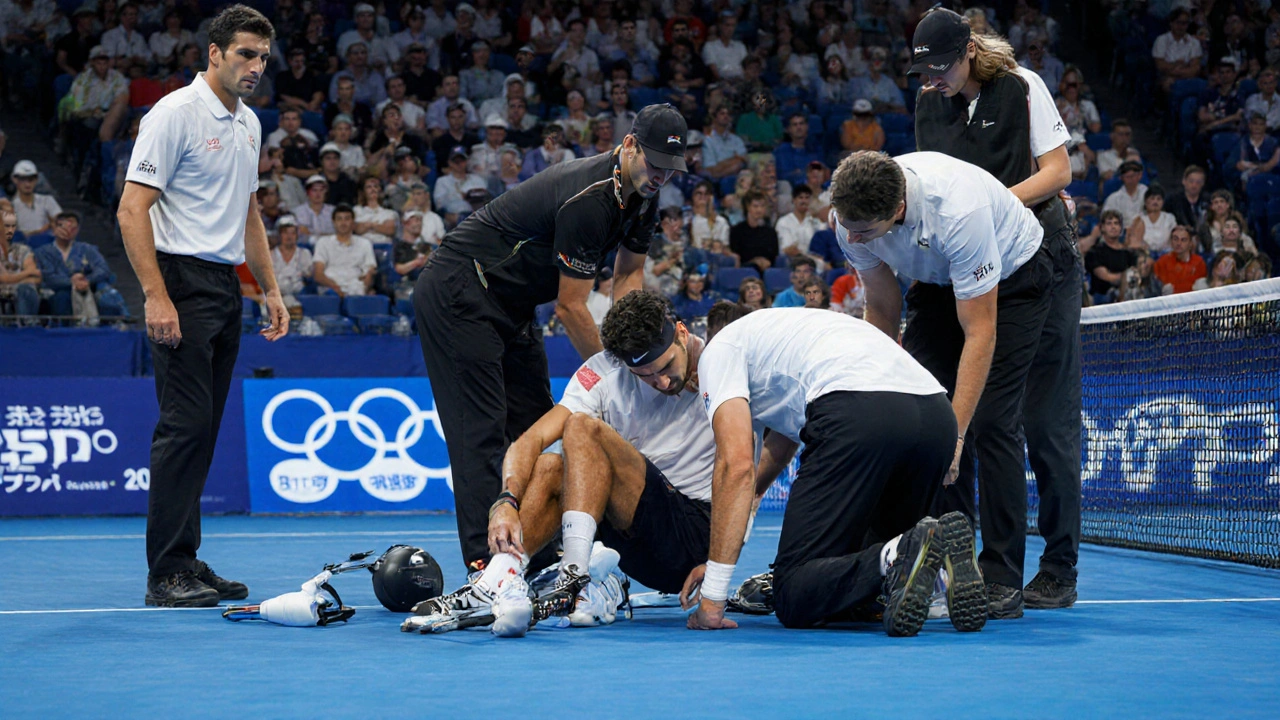Ankle Injury: What to Do First and How to Recover
Twisting your ankle hurts and it’s confusing in the moment. Knowing what to do in the first 48 hours can cut pain and speed recovery. This page gives clear steps you can use right away, simple rehab moves you can do at home, and practical tips to lower the chance of hurting it again.
Immediate steps after an ankle injury
Stop activity and check the joint. If you can’t put any weight on it, the ankle looks misshapen, or there’s heavy bleeding, see emergency care. If it’s swollen, painful but you can still put some weight on it, follow these steps:
- Rest: Avoid walking on it. Use crutches if needed for a day or two.
- Ice: Apply ice or a cold pack for 15–20 minutes every 2–3 hours for the first 48 hours. Wrap the ice in a cloth to protect your skin.
- Compression: Use an elastic bandage to reduce swelling, but not so tight that it cuts off circulation.
- Elevation: Keep your ankle raised above heart level when sitting or lying down to lower swelling.
These steps (often called RICE) help with pain and swelling. Over-the-counter pain relievers like acetaminophen or ibuprofen can help, unless you have medical reasons to avoid them.
Rehab moves you can start in the first week
After the first couple of days, start gentle motion to stop stiffness and speed recovery. If pain is severe with each move, pause and check with a clinician.
- Range of motion: Sit with your foot supported and move the ankle up and down and side to side 10–15 times, 3 times daily.
- Alphabet exercise: While seated, trace the alphabet with your big toe. This improves mobility without heavy loading.
- Strengthening: When basic movement is less painful, try resistance band exercises—push the foot away and pull it toward you against light resistance. Do 2 sets of 10–15 reps.
- Balance: Stand on the injured foot for 10–30 seconds. Hold onto a chair at first. Do 3 rounds twice daily. Progress to tossing a ball while balancing.
Work with a physiotherapist if swelling persists, pain limits daily tasks, or you want to return to sport quickly and safely. They’ll give a plan tailored to your needs and sport.
Prevention is simple: strengthen calf and ankle muscles, improve balance, wear the right shoes for your activity, and tape or brace the ankle if you’ve had repeats. Warm up before exercise and avoid uneven ground if your ankle is still weak.
Most mild ankle sprains improve in 2–6 weeks with the steps above. If pain, instability, or repeated sprains continue beyond that, get a medical check for possible ligament damage or fracture. Protect your ankle now and you’ll get back to normal sooner.





